5 Things Cities Can Do to Fulfil Your Right to Clean Air
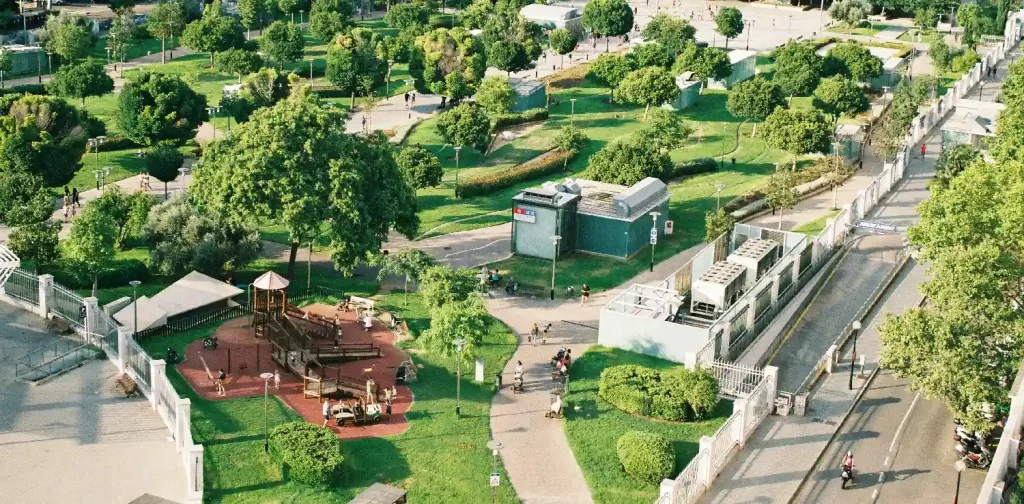
Photo: Nerea Martí Sesarino on Unsplash.
Here’s a paradox: You live in the city and go outside for fresh air. Supposedly, breathing clean air is a human right. These days, though, it feels more like a dream, especially for people living in urban areas. What can cities do to make this dream come true and fulfill your right to clean air?
Understanding the Impacts of Air Pollution
Air pollution is the contamination of the air by harmful chemical, physical, or biological agents. Common sources of air pollution include motor vehicles, industrial facilities, power plants, household heating devices, and forest fires. It contributes to greenhouse gas emissions and global heating.
Air pollution is also a major threat to public health, leading to chronic diseases and even deaths. WHO lists particulate matter, carbon monoxide, ozone, nitrogen dioxide, and sulfur dioxide as especially dangerous pollutants. In 2019 alone, air pollution was responsible for approximately 6.7 million deaths. Of that number, research shows that particular matter air pollution caused 3.5 million early deaths and years of cardiovascular disability.
While 99% of the global population breathes polluted air that exceeds WHO’s Air Quality Guidelines, urban residents from low- and middle-income countries suffer the most. Most recent data reveals South Asia as the worst impacted region. For instance, people in Bangladesh might lose 6.8 years of life on average due to regularly breathing the city’s polluted air. Furthermore, children, women, people with disabilities, and other vulnerable groups disproportionately feel the impacts of air pollution.
Fighting for the Human Right to Clean Air
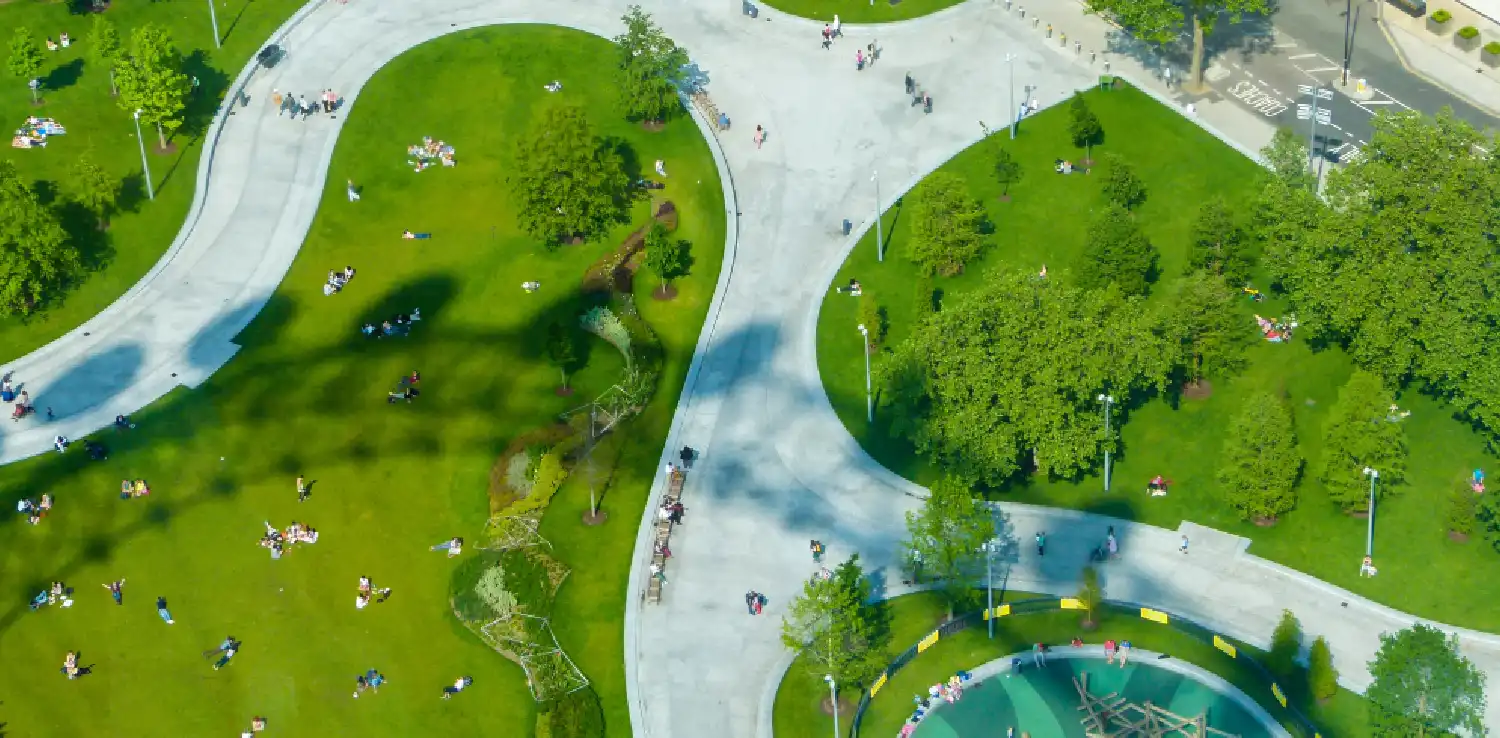
In April 2022, the UN Human Rights Council declared a healthy environment as a human right. A clean, healthy, and sustainable environment includes clean air.
Efforts to beat air pollution and achieve clean air require all stakeholders to work together. However, city governments bear the brunt of this responsibility to provide sustainable living conditions for the residents. Here are some key aspects so cities can fulfill your right to clean air:
- Data Collection and Monitoring
An evidence-based approach is an efficient strategy. To know what to do, cities should first understand what they are dealing with. Technological advancements allow us to simplify this process. Strategic and abundant placements of air quality sensors across the city can monitor, collect, and analyze data about air conditions in real-time. This data will give city governments the relevant information to tackle air pollution, such as exposure level, types of pollutants, focus areas, and time.
- Strict Standards, Regulations, and Implementation
While WHO has its standards for air quality, most cities also have their own standards of what’s “allowed”. At times, these local limits are way higher than the recommendation from WHO. City governments should adjust the air quality standards and regulations to better serve the interest of public health instead of businesses and industrial practices. Strict implementation and monitoring – including citizen monitoring – of air quality standards and proper zoning should also be emphasized and facilitated.
- Equitable and Inclusive Public Transportation Systems
Motor vehicles are among the primary sources of air pollution. As more people live in urban areas, the number of personal motor vehicles will only increase unless cities provide safe, affordable, and inclusive public transportation systems. Besides developing inner-city rail services like sky trains or underground subways, some countries and cities have started electrifying their public buses.
- Green and Active Urban Planning
It’s time to move away from building cities for cars and motorbikes and start designing cities centered on human and human activities. Providing walkways, bridges, and bicycle lanes can have the double purpose of encouraging an active lifestyle and lessening the production of pollutants. Meanwhile, green public spaces can provide city residents with native greenery that benefits physical and mental wellbeing. They are also spaces that foster social relations and boost the local economy.
- Funding and Collaboration
All aspects mentioned above need funding, and proper planning can help acquire it. For instance, South Korea’s clear plan to tackle air pollution led to substantial funding between 2005 and 2020. Collaborative approaches that cross national borders, such as the Breathe Cities, might be helpful. Breathe Cities is a $30 million clean air initiative by Bloomberg Philanthropies, Clean Air Fund, and C40 Cities that provides funding, technical support, and other support to cities. Additionally, encouraging private sector investments to fund efforts to fulfill citizens’ right to clean air can be a viable strategy.

If you find this content useful, please consider subscribing to Green Network Asia.
Your subscription will give you access to our interdisciplinary and cross-sectoral insights on sustainability-related issues and sustainable development across the Asia Pacific and beyond, strengthening your personal and professional development while supporting GNA’s financial capacity to continue publishing content dedicated to public education and multi-stakeholder advocacy.
Select Your Subscription Plan
Nazalea Kusuma
Naz is the Manager of International Digital Publications at Green Network Asia. She is an experienced and passionate writer, editor, proofreader, translator, and creative designer with over a decade of portfolio. Her history of living in multiple areas across Southeast Asia and studying Urban and Regional Planning exposed her to diverse peoples and cultures, enriching her perspectives and sharpening her intersectionality mindset in her storytelling and advocacy on sustainability-related issues and sustainable development.


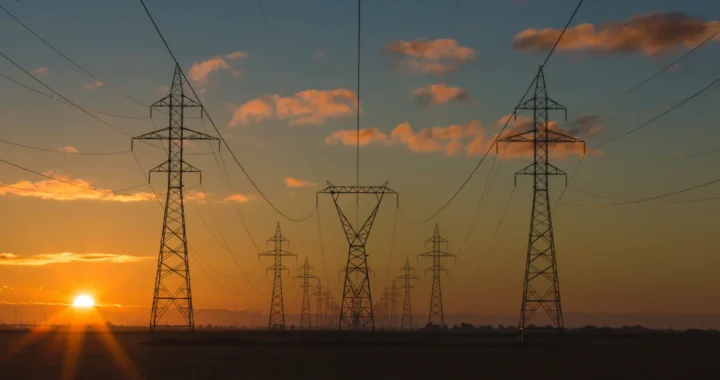 Developing Financing Initiatives for the ASEAN Power Grid
Developing Financing Initiatives for the ASEAN Power Grid 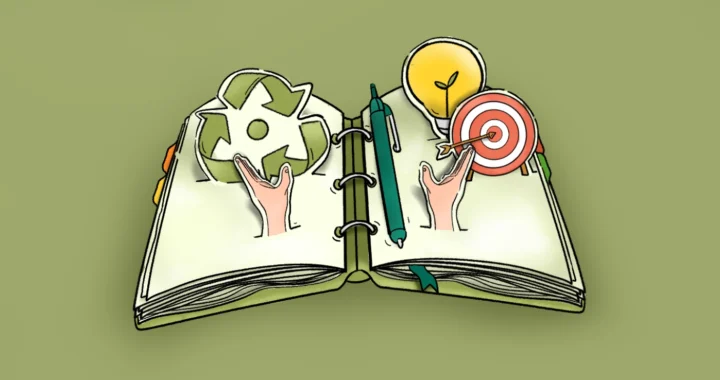 Imparting Actionable Knowledge Through Sustainability Training Activities
Imparting Actionable Knowledge Through Sustainability Training Activities 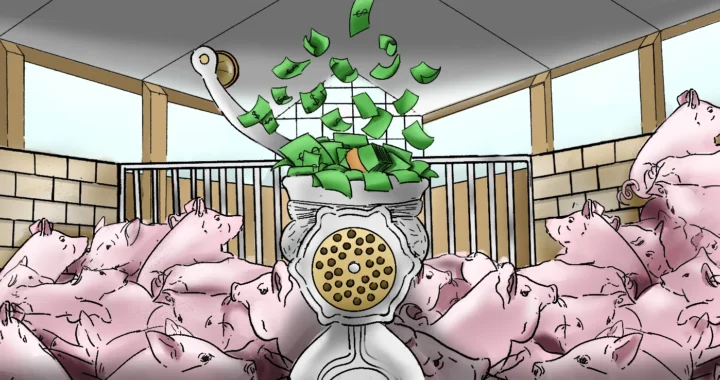 Stop Funding Factory Farming in Vietnam: Pathway to Financing a Just and Sustainable Food System
Stop Funding Factory Farming in Vietnam: Pathway to Financing a Just and Sustainable Food System 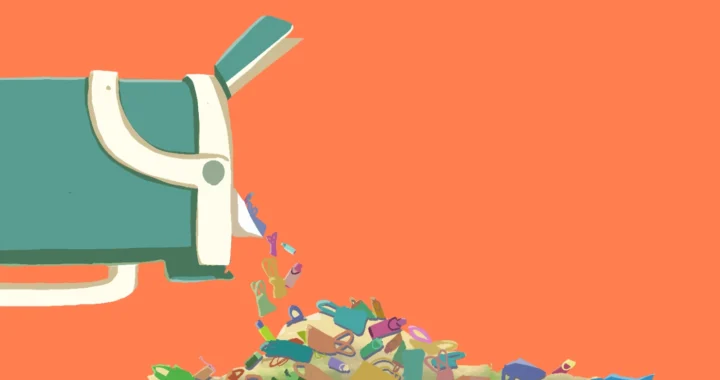 When Green Turns Excessive: The Overproduction and Overconsumption of Reusables
When Green Turns Excessive: The Overproduction and Overconsumption of Reusables 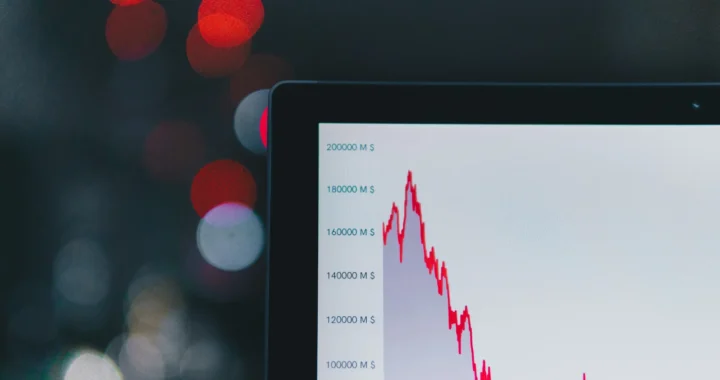 SDG Venture Scaler Aims to Drive Sustainable Investment in Southeast Asia
SDG Venture Scaler Aims to Drive Sustainable Investment in Southeast Asia 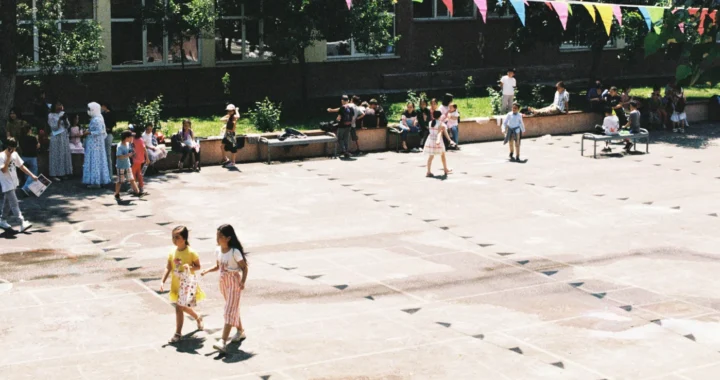 Improving Primary Education in Central Asia
Improving Primary Education in Central Asia